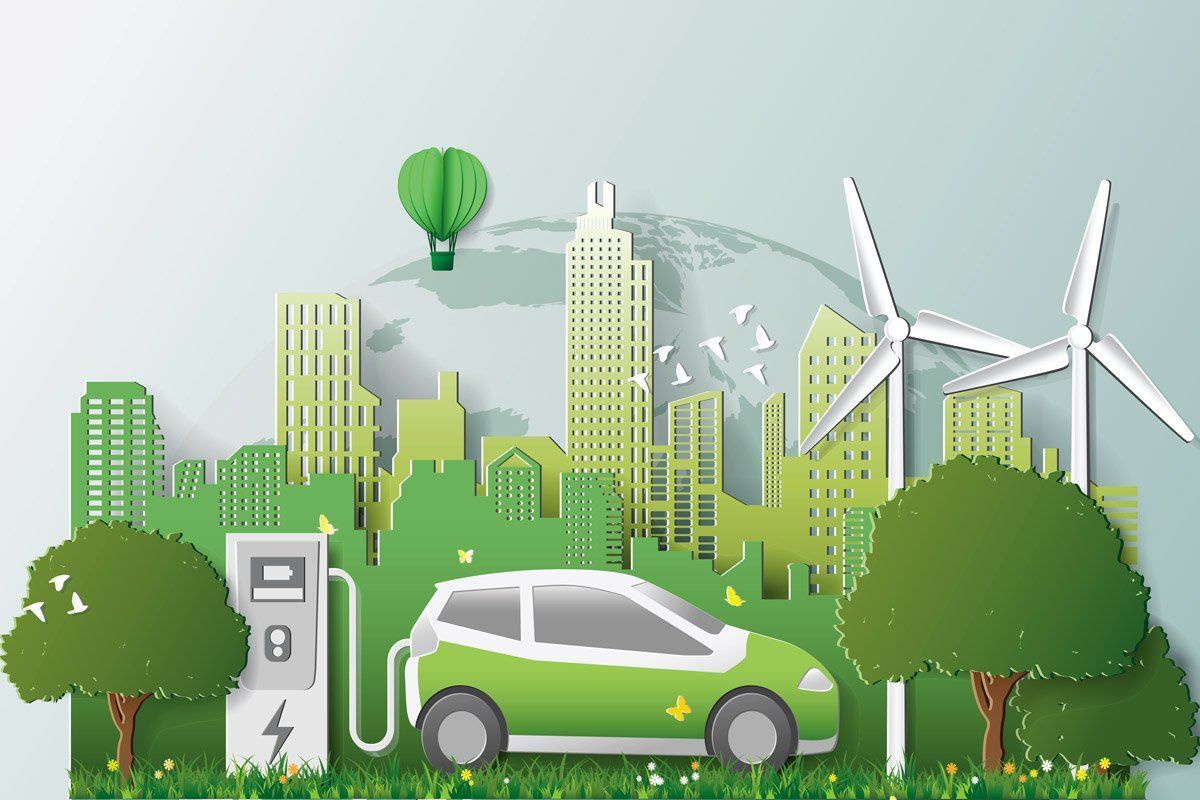As the world continues to face the consequences of climate change, it has become imperative to adopt eco-friendly practices in all aspects of our lives, including transportation. Traditional gasoline-powered cars are major contributors to greenhouse gas emissions, leading to air pollution and global warming. As a solution, electric cars have become increasingly popular due to their lower environmental impact. However, the quest for sustainable commuting options extends beyond electric vehicles.
The Rise of Electric Vehicles
Electric cars have gained significant traction in recent years due to technological advancements and increased availability. These vehicles run on electricity stored in large batteries, eliminating the need for fossil fuel consumption. Since electricity can be generated from renewable sources such as solar, wind, or hydro power, electric cars have the potential to significantly reduce greenhouse gas emissions and reduce our reliance on fossil fuels.
One of the significant advantages of electric cars is that they produce zero tailpipe emissions. This means that they do not release harmful pollutants and greenhouse gases, which are detrimental to our environment and public health. With ongoing efforts to build a robust charging network, electric cars have become a practical and viable transportation option for many.
The Benefits of Electric Cars
Electric vehicles offer a myriad of benefits that make them a compelling alternative to traditional vehicles. The first and most apparent advantage is their positive environmental impact. By driving an electric car, you directly contribute to reducing air pollution and combating climate change. This can have a profound impact on improving air quality and public health, particularly in urban areas.
Moreover, electric cars are energy efficient compared to internal combustion engine vehicles. They convert a higher percentage of the energy from their batteries into motion, resulting in lower energy wastage. Additionally, they are quieter in operation, leading to reduced noise pollution, which is particularly important in densely populated areas.
Electric cars are also advantageous from an economic perspective. Although their initial purchase price may be higher than traditional cars, electric vehicles offer lower operating and maintenance costs. Electric motors have fewer moving parts than internal combustion engines, reducing the need for regular maintenance and oil changes. Furthermore, governments and organizations around the world provide various incentives, such as tax credits, rebates, and access to carpool lanes, to encourage the adoption of electric vehicles.
Challenges and Limitations
While electric cars have many benefits, they also face certain challenges and limitations that hinder their widespread adoption. One significant limitation is the range anxiety associated with electric vehicles. Most electric cars have a limited range on a single charge, typically between 100 and 300 miles, depending on the model. Although charging stations are becoming more prevalent, the fear of running out of battery and the lack of charging infrastructure in some areas pose concerns for potential electric car buyers.
Additionally, the charging time required for electric vehicles is considerably longer than refueling a gasoline car. Fast-charging stations have alleviated this concern to some extent, allowing for quick charging within 30 minutes to an hour. However, for long-distance travel, planning routes that include charging stops is necessary, which can be a hassle for some individuals.
Beyond Electric Cars: Alternative Commuting Solutions
While electric cars are an excellent step towards sustainable commuting, they are not the only solution available. There are various other eco-friendly options that individuals can choose from, depending on their circumstances and requirements.
1. Public Transportation
Public transportation, such as buses, trams, and trains, plays a vital role in reducing carbon emissions. By utilizing public transportation, multiple individuals can travel in a single vehicle, significantly reducing traffic congestion and greenhouse gas emissions. Governments and local authorities should invest in expanding public transportation networks and improving their affordability and accessibility to encourage more people to use them.
2. Cycling and Walking
For shorter distances, cycling and walking are excellent alternatives to traditional vehicles. Not only do they have zero environmental impact, but they also improve physical health and well-being. Governments can promote cycling and walking by building dedicated cycling lanes, pedestrian-friendly pathways, and ensuring safety measures are in place.
3. Carpooling and Ride-Sharing
Carpooling and ride-sharing services allow multiple passengers to share a single vehicle, reducing the number of cars on the road. By coordinating trips and sharing expenses, carpooling and ride-sharing contribute to minimizing traffic congestion and emissions. Various mobile applications have made it easier for individuals to connect with others going in the same direction, making carpooling more convenient than ever.
Conclusion
Eco-friendly commuting has become an urgent priority in our efforts to combat climate change and promote sustainable living. Electric cars have emerged as a prominent solution, providing significant environmental benefits and economic advantages. However, it is crucial to also look beyond electric vehicles and explore alternative commuting options such as public transportation, cycling, walking, carpooling, and ride-sharing. By embracing these various eco-friendly transportation methods, we can collectively work towards a cleaner and greener future.

